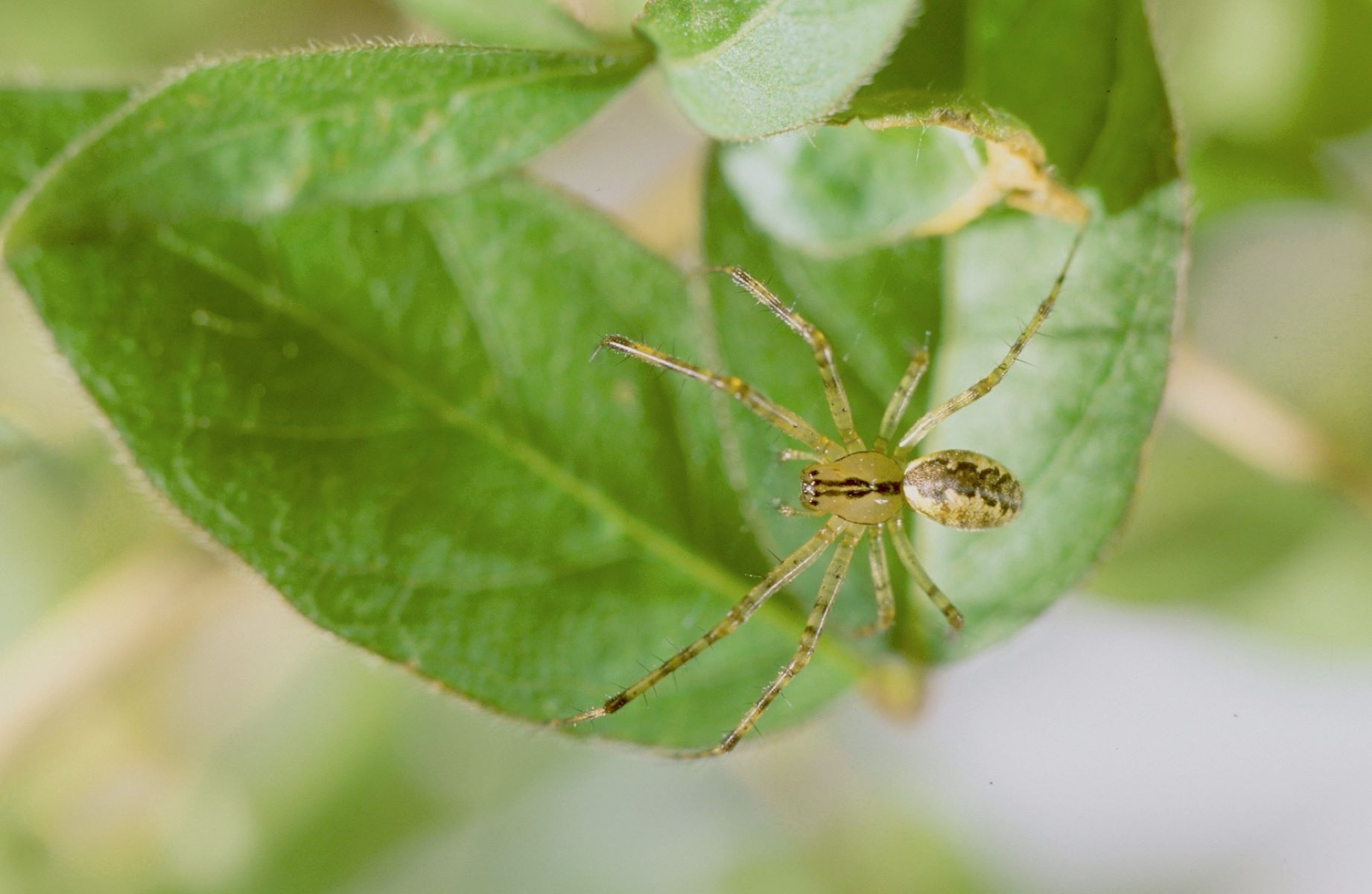
The sheetweaver spider, also known as the Linyphiidae spider, is a fascinating creature that often goes unnoticed due to its small size and discreet nature. These spiders belong to the family Linyphiidae, which is one of the largest spider families, consisting of over 4,000 known species. Despite their diminutive size, sheetweaver spiders play a crucial role in maintaining the ecological balance of their habitats.
In this article, we will explore 12 surprising facts about the sheetweaver spider that will leave you amazed by their incredible abilities and adaptations. From their intricate web-building skills to their unique hunting techniques, these tiny spiders are full of surprises. So, let’s delve into the world of sheetweaver spiders and discover some fascinating facts about these intriguing arachnids.
Key Takeaways:
- Sheetweaver Spiders are tiny but mighty predators, using their small size to their advantage and building unique sheet-like webs to catch their prey.
- These spiders have cool tricks up their sleeves, from offering gifts during mating to living in water and even providing parental care. They’re harmless to humans and help keep insect populations in check.
The Sheetweaver Spider belongs to the family Linyphiidae.
The Sheetweaver Spider, scientifically known as the Linyphiidae, is a family of spiders that consists of over 4,300 known species. These spiders are found worldwide and are known for their impressive web-building abilities.
Sheetweaver Spiders are incredibly small in size.
Measuring just a few millimeters in length, these tiny arachnids may easily go unnoticed. However, their small size doesn’t stop them from being effective predators in the world of insects.
Sheetweaver Spiders construct horizontal, sheet-like webs.
Unlike other spiders that create intricate orb webs, Sheetweaver Spiders weave flat, horizontal webs that resemble sheets. These webs are usually built in low-lying vegetation or under rocks and leaves.
The webs of Sheetweaver Spiders are built close to the ground.
Due to their preference for low-lying vegetation, you’re more likely to find these spiders closer to the ground than in higher areas. This strategy helps them capture insects and other small prey more efficiently.
Sheetweaver Spiders have excellent night vision.
These spiders are primarily nocturnal, relying on their exceptional night vision to navigate and hunt in the darkness. Their well-developed eyes allow them to detect prey and potential threats even in low light conditions.
The male Sheetweaver Spider offers a nuptial gift during mating.
During courtship, the male Sheetweaver Spider presents the female with a nuptial gift in the form of wrapped prey. This offering serves as both a display of generosity and a means to increase the male’s chances of successful mating.
Some Sheetweaver Spider species are known for their parental care.
While maternal care is more common in spiders, certain species of Sheetweaver Spiders also exhibit paternal care. The male may guard the offspring or even assist in feeding them after they hatch.
Some Sheetweaver Spiders have specialized adaptations for living in water.
Certain species of Sheetweaver Spiders have evolved to live in aquatic habitats. They possess hydrophobic hairs on their legs, enabling them to walk on the water’s surface and hunt for prey in this unique environment.
Sheetweaver Spiders are not harmful to humans.
Despite their fearsome appearance, Sheetweaver Spiders are harmless to humans. They are not venomous and pose no threat to our well-being. In fact, these spiders play an important role in controlling insect populations in their habitats.
Sheetweaver Spiders are known for their remarkable silk.
Sheetweaver Spiders produce silk that is incredibly strong and elastic. Their silk is not only used for web construction but also for wrapping prey and creating protective shelters.
The lifespan of Sheetweaver Spiders varies depending on the species.
The lifespan of Sheetweaver Spiders can range from a few months to several years, depending on the species and environmental conditions. Some species may only survive for a single season, while others can live for multiple years.
The predation behavior of Sheetweaver Spiders is diverse.
Sheetweaver Spiders exhibit various predation behaviors, not solely relying on their webs. Some species actively hunt for prey outside of their webs, while others blend with their surroundings to ambush unsuspecting victims.
These 12 Surprising Facts About Sheetweaver Spider shed light on the fascinating world of these small but mighty arachnids. From their unique web-building techniques to their diverse hunting strategies, Sheetweaver Spiders display remarkable adaptations to survive in different habitats. Despite their reputation as fearsome creatures, they contribute to the delicate balance of ecosystems by controlling insect populations. So, next time you come across a Sheetweaver Spider, take a moment to appreciate the intricacies of nature’s creations.
Conclusion
The Sheetweaver Spider is truly a fascinating creature that continues to surprise us with its unique characteristics and behaviors. From their intricate webs to their interesting mating rituals, there is so much to learn about these spiders. Whether you’re an arachnid enthusiast or simply curious about the animal kingdom, delving into the world of Sheetweaver Spiders will surely leave you amazed and intrigued. So, the next time you come across a spider web, take a moment to appreciate the incredible work of these small but remarkable spiders.
FAQs
1. What is a Sheetweaver Spider?
The Sheetweaver Spider, scientifically known as Linyphiidae, is a family of spiders characterized by their ability to construct flat, sheet-like webs.
2. Where are Sheetweaver Spiders commonly found?
Sheetweaver Spiders can be found in various habitats worldwide, from forests and grasslands to gardens and urban areas.
3. What do Sheetweaver Spiders eat?
These spiders predominantly feed on small insects, such as flies, mosquitoes, and ants, that get caught in their webs.
4. How do Sheetweaver Spiders build their webs?
Sheetweaver Spiders create intricate webs by weaving silk threads to form a sheet-like structure that helps them capture prey.
5. Are Sheetweaver Spiders venomous?
While Sheetweaver Spiders possess venom to immobilize their prey, their venom is typically not harmful to humans and is not considered medically significant.
6. How do Sheetweaver Spiders reproduce?
Mating in Sheetweaver Spiders usually involves complex courtship behaviors, with males performing unique dances or vibrations to attract females.
7. What is the lifespan of a Sheetweaver Spider?
The lifespan of a Sheetweaver Spider can vary depending on species and environmental factors, but generally, they live for about one to two years.
8. Are Sheetweaver Spiders beneficial to the ecosystem?
Yes, Sheetweaver Spiders play an important role in controlling populations of small insects, making them beneficial for maintaining ecological balance.
9. Can Sheetweaver Spiders be kept as pets?
While some people may keep Sheetweaver Spiders as pets, it is important to consider their specific needs and ensure they are provided with suitable habitats.
10. Are Sheetweaver Spiders aggressive towards humans?
No, Sheetweaver Spiders are generally not aggressive towards humans and are more likely to retreat or hide when encountered by people.
Was this page helpful?
Our commitment to delivering trustworthy and engaging content is at the heart of what we do. Each fact on our site is contributed by real users like you, bringing a wealth of diverse insights and information. To ensure the highest standards of accuracy and reliability, our dedicated editors meticulously review each submission. This process guarantees that the facts we share are not only fascinating but also credible. Trust in our commitment to quality and authenticity as you explore and learn with us.


